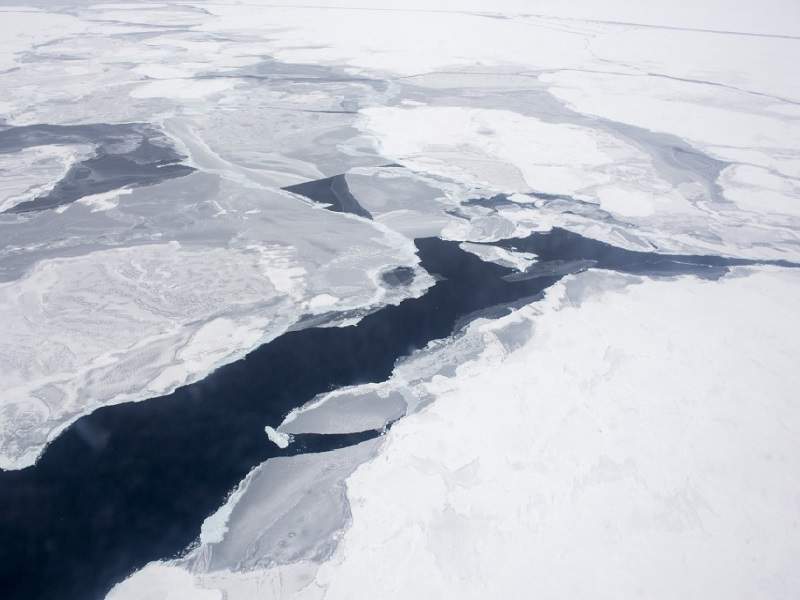
A team of scientists has found record levels of plastic concentrated in the Arctic sea ice, further heightening international concern about the safety of marine life and the environment.
Researchers at the Alfred Wegener Institute, Helmholtz Centre for Polar and Marine Research (AWI) have retrieved up to 12,000 pieces of microplastic particles per litre stuck in the sea ice.
The samples, which were taken from five regions of the Arctic Ocean, contained fragments of packaging, paints, nylon, polyester and cellulose acetate at levels thought to be three times higher than those found in past studies.
Previous research claimed that at least 11 trillion pieces of plastic have accumulated in the Arctic ice over the past decades, making the area one the places with the highest concentration of plastic in the world.
Dr Gunnar Gerdts, whose laboratory carried out the measurements, revealed the problem is bigger than it looks, with some particles only 11 micrometres across.
He told the Guardian: “That’s roughly one-sixth the diameter of a human hair, and also explains why we found concentrations of more than 12,000 particles per litre of sea ice – which is two to three times higher than what we’d found in past measurements.”
Fishing equipment and plastic pollution are said to be among the causes of the contamination, with several plastic items travelling to the Arctic region through ocean currents.
Dr Ilka Peeken, who participated to the study, said: “The high microplastic concentrations in the sea ice can not only be attributed to sources outside the Arctic Ocean. Instead, they point to local pollution in the Arctic.
“No one can say for certain how harmful these tiny plastic particles are for marine life, or ultimately also for human beings.”
The concentration of plastic in the oceans can be lethal for animals and humans, as plastic particles could be digested by fish and birds which then enter the human food chain.
Researchers from the AWI institute found high levels of polyethylene coming from the so-called ‘garbage patch’ in the Pacific Ocean, while other samples recovered in other areas revealed record amounts of paint and nylon particles.



